Description
– A PCB Welding Terminal Connector is a type of connector used to establish a secure and reliable electrical connection between wires and a printed circuit board (PCB).
– These connectors are designed to be soldered directly onto the PCB, providing a robust and permanent attachment point for wires.
– They are commonly used to connect external components or other PCBs to the main board, facilitating the flow of signals or power
Key Features:
Function:
Secure Connection:
Welding terminals provide a strong, reliable connection between wires and the PCB, minimizing the risk of loose or damaged connections.
Signal/Power Transfer:
They enable the transfer of electrical signals or power between the PCB and external devices or other PCBs.
Permanent Mounting:
Unlike some other connector types, welding terminals are designed for a permanent attachment to the PCB, making them suitable for applications where a secure, long-lasting connection is essential.
Types:
Screw Terminals:
These terminals use screws to clamp down on the wire, providing a secure connection. They are often used for higher current applications and can be found in various configurations (e.g., single-level, dual-level).
Spring Terminals:
These terminals utilize spring-loaded mechanisms to hold the wire in place, offering a quick and tool-free connection method.
Pin Terminals:
These are simple terminals that provide a direct connection point for wires to be soldered onto the PCB.
Ring Terminals:
Ring terminals are designed to be crimped onto a wire and then screwed down to the PCB.
Fork Terminals (Spade Terminals):
Similar to ring terminals, but with a fork-shaped end for screw attachment.

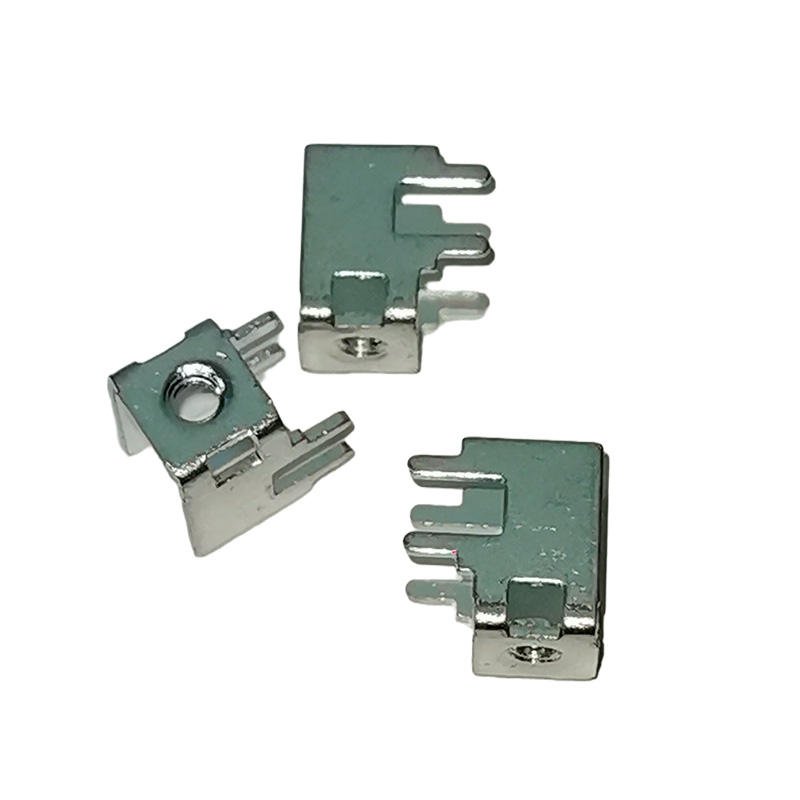
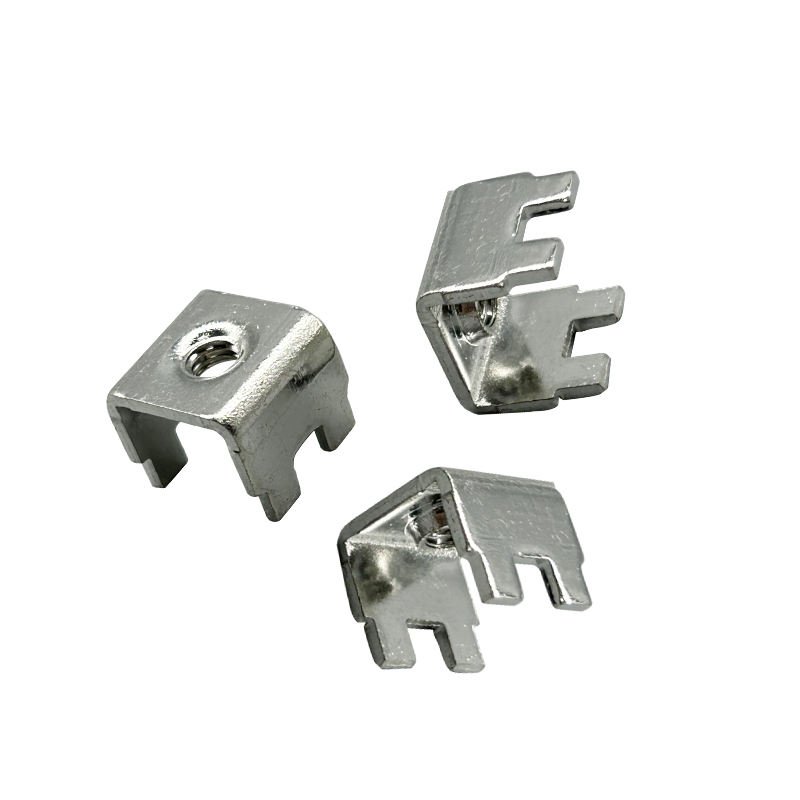
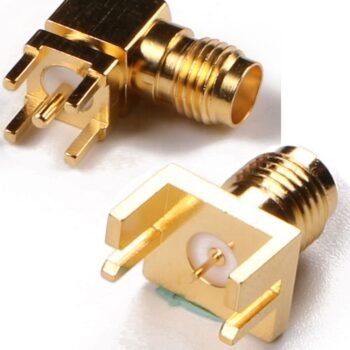
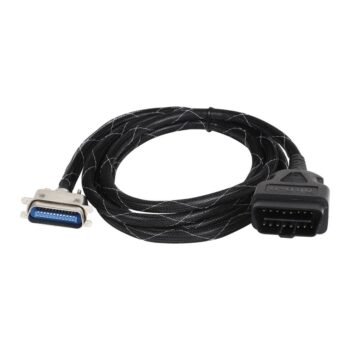
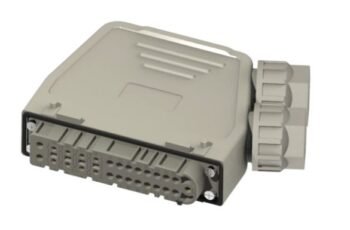
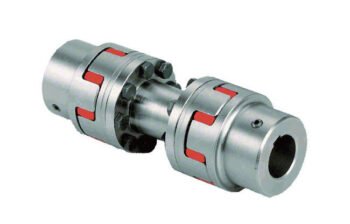
Reviews
There are no reviews yet.